The trail of our vinyl
I was listening to my local public radio station while I was driving to work the other day. Roger Bennett, co-author of And You Shall Know Us By the Trail of Our Vinyl, was talking with Marco Werman about his attempt to save decades of American Jewish music from obscurity.
We, at the JSA, are very proud of our participation in helping Roger and his co-auther, Josh Kun to find materials that eventually found its way into their wonderful book.
Even though he didn’t mention us by name, we knew who Roger was talking about when he mentioned visiting Boca Raton, Florida, “where old Jewish vinyl goes to die.” When JSA Director, Nathan Tinanoff listened to the interview he told me, “He got that wrong! The JSA isn’t where old Jewish vinyl goes to die. It is where it goes to be reborn!”
The book is a wonderful compendium of stories, information, photos, and album covers from the 1950s, 1960s, and 1970s.
Josh Kun, Associate Professor of communication and journalism at USC Annenberg School for Communication and the author of Audiotopia: Music, Race, and America, which won a 2006 American Book Award, co-authored the book with Roger Bennett who also co-authored Bar Mitzvah Disco.
The authors write about how they “encountered the Judaica Sound Archives of Florida Atlantic University, where Nathan Tinanoff and his devoted staff generously opened their collection to us.” And where they found “thousands of LPs, shelf after shelf filled with dsicarded cardboard and vinyl that we gushed over like scientists marveling at new speciments” (p.17).
Looking through the book is an education and a trip down memory lane. From Steisand to Bagels and Bongos by the Irving Fields Trio, from Molly Pecon to the Four Bursteins, from Neil Sedaka to Theodore Bikel, the names and images pop off the pages.
The following JSA featured performers are highlighted in the book: Cantor Yossele Rosenblatt, Oysher-Michaels Family, Benny Bell , The 4 Bursteins, Gladys Gewirtz, Shimon & Ilana Gewirtz, Gadi Elon.
A friend of mine who loves the book told me that when she goes on the JSA website it is like the “book comes to life” right on her computer. I can’t think of a nicer compliment.
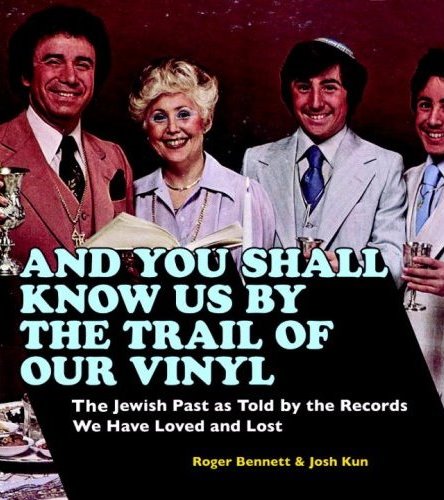
![990042A[1] 990042A[1]](http://rsa.fau.edu/blog/wp-content/uploads/2009/12/990042A1.jpg)
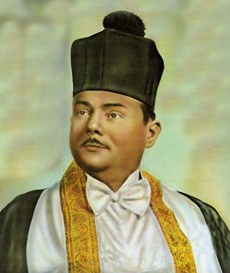
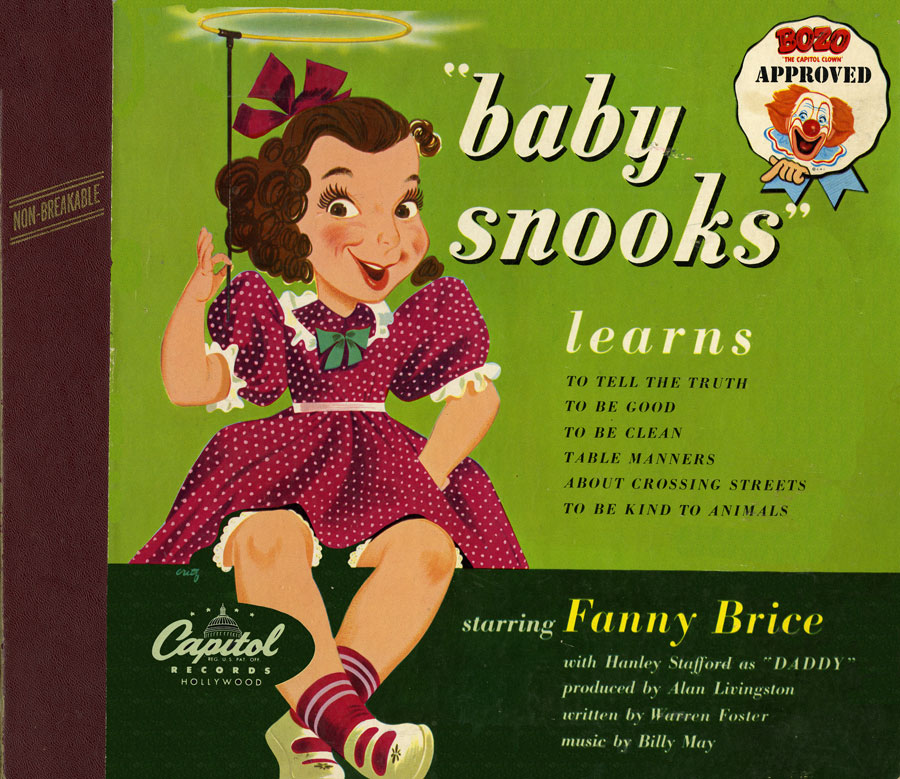 You might be able to imagine the excitement that is generated at the Judaica Sound Archives whenever we uncover a genuine piece of history. Today I will share with you three 78 rpm albums from the Jack Saul Collection which have sitirred up some nostalgia here at the JSA.
You might be able to imagine the excitement that is generated at the Judaica Sound Archives whenever we uncover a genuine piece of history. Today I will share with you three 78 rpm albums from the Jack Saul Collection which have sitirred up some nostalgia here at the JSA.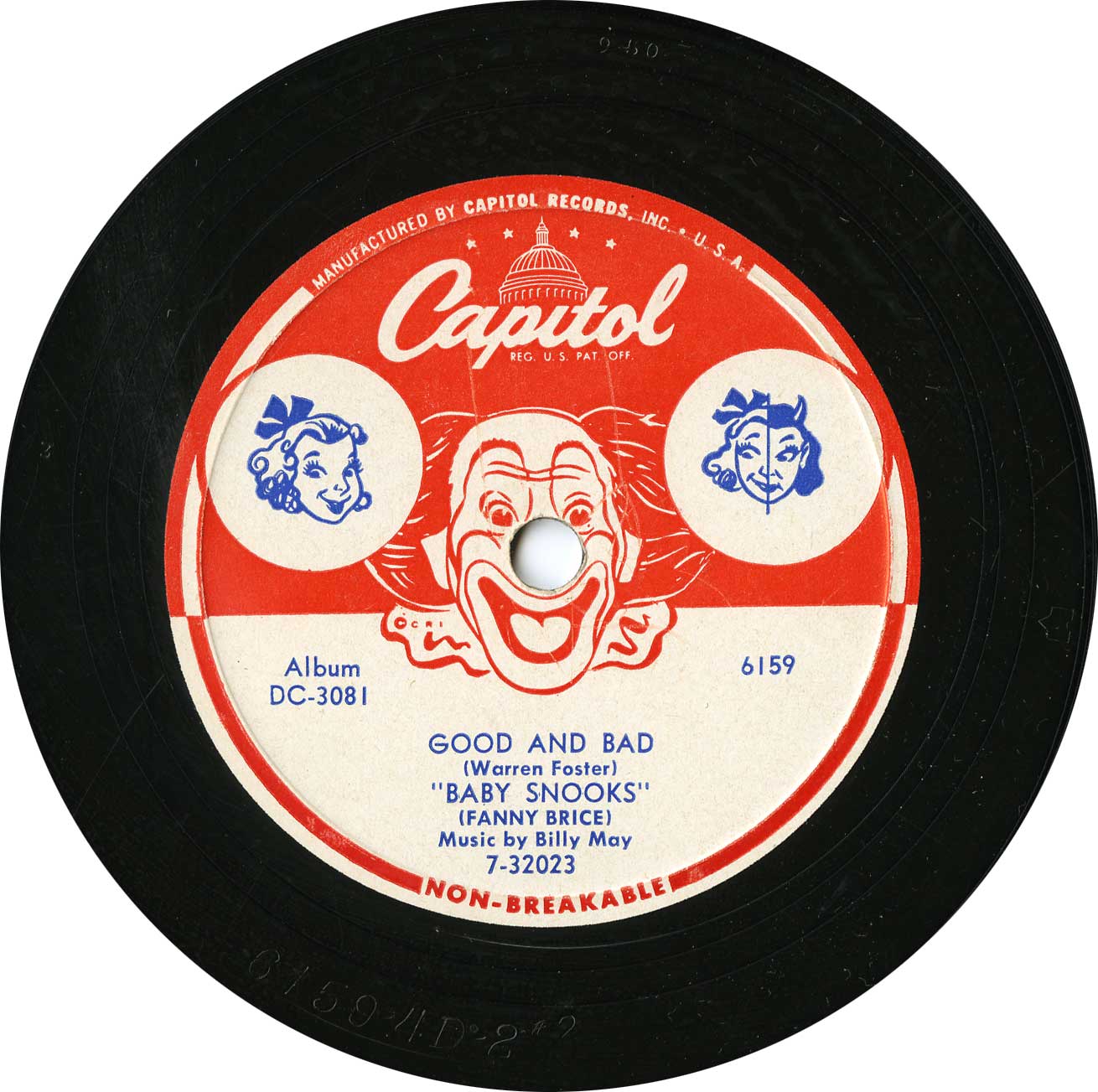
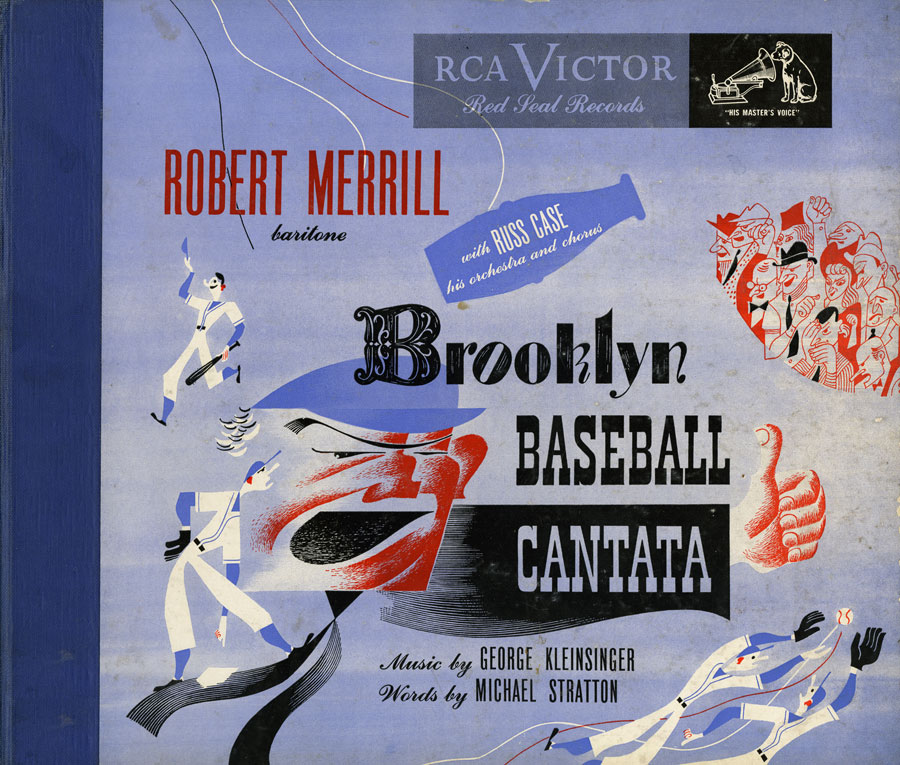 enduring and acclaimed baritones. He was also a famous baseball fan who often sang the National Anthem on opening day at Yankee Stadium.
enduring and acclaimed baritones. He was also a famous baseball fan who often sang the National Anthem on opening day at Yankee Stadium.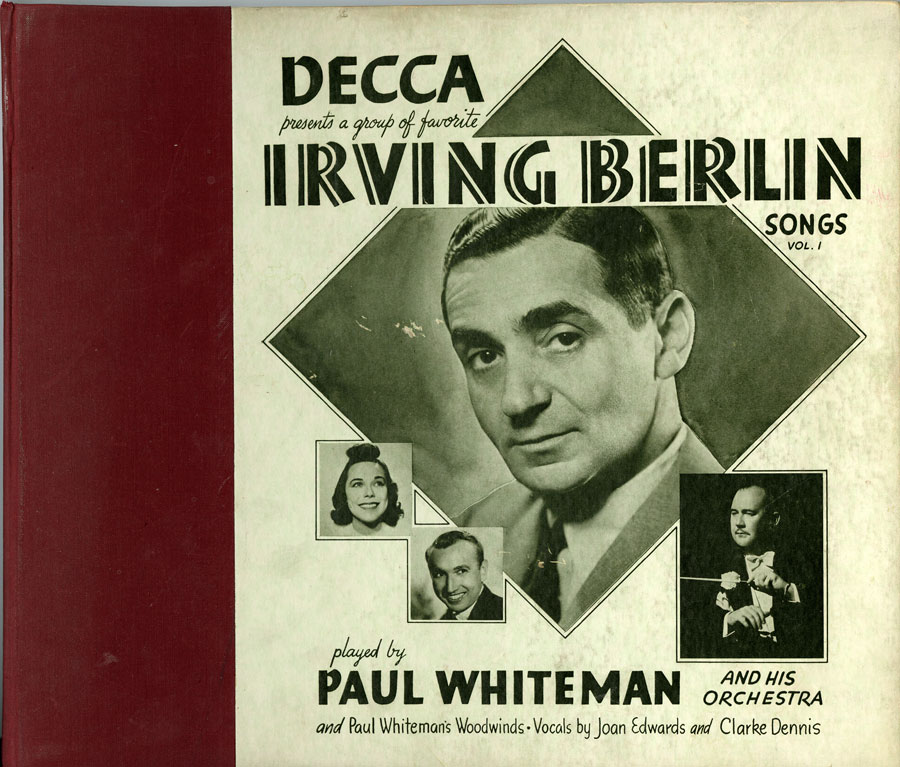 (3) Paul Whiteman secured his place in history in 1924 when he commissioned and introduced George Gershwin’s Rhapsody in Blue. Irving Berlin has been called “the greatest of American popular composers.” Born in Russia (1888), the family left for America when their home was burned to the ground. So it was in a crowded tenenment on Cherry Street in New York’s lower East Side that Irving Berlin (born Baline) grew up. His first big hit came in 1911 (Alexander’s Ragtime Band). He has written more than a thousand popular songs. During World War I his song, Oh, How I Hate To Get up In The Morning, became an anthem for the ordinary foot soldier.
(3) Paul Whiteman secured his place in history in 1924 when he commissioned and introduced George Gershwin’s Rhapsody in Blue. Irving Berlin has been called “the greatest of American popular composers.” Born in Russia (1888), the family left for America when their home was burned to the ground. So it was in a crowded tenenment on Cherry Street in New York’s lower East Side that Irving Berlin (born Baline) grew up. His first big hit came in 1911 (Alexander’s Ragtime Band). He has written more than a thousand popular songs. During World War I his song, Oh, How I Hate To Get up In The Morning, became an anthem for the ordinary foot soldier.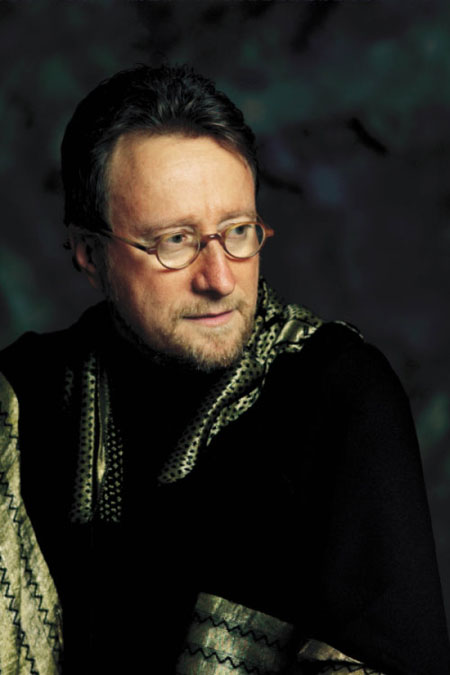
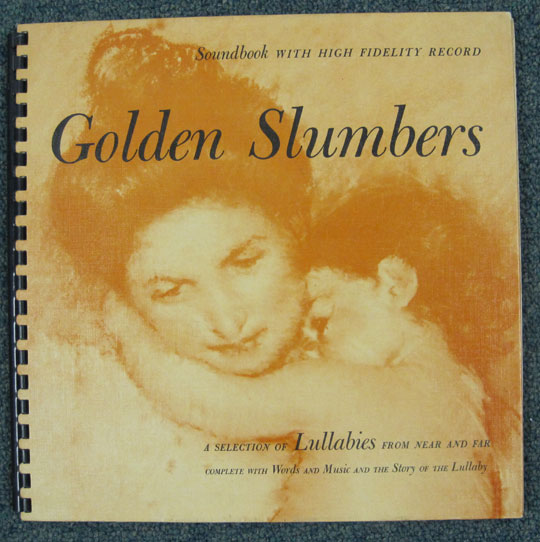 Have you ever opened a surprise box not knowing what you might find? That is what has been going on at the JSA since the truckload of recordings from Jack Saul’s collection arrived on September 11, 2009. So you might be wondering, “Did you find anything interesting or unusual?” Of course we did!
Have you ever opened a surprise box not knowing what you might find? That is what has been going on at the JSA since the truckload of recordings from Jack Saul’s collection arrived on September 11, 2009. So you might be wondering, “Did you find anything interesting or unusual?” Of course we did!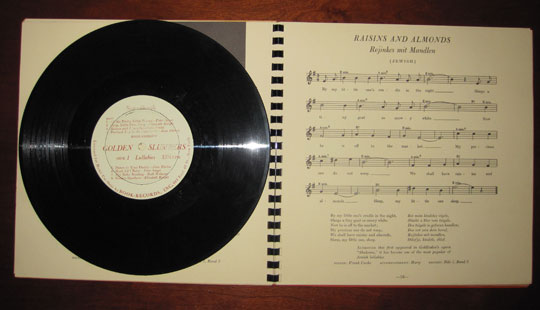
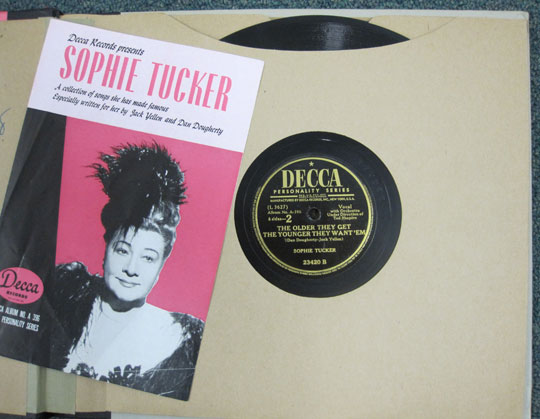
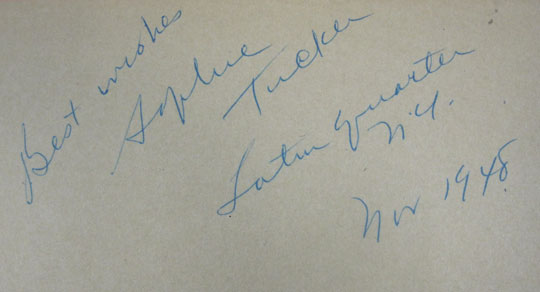
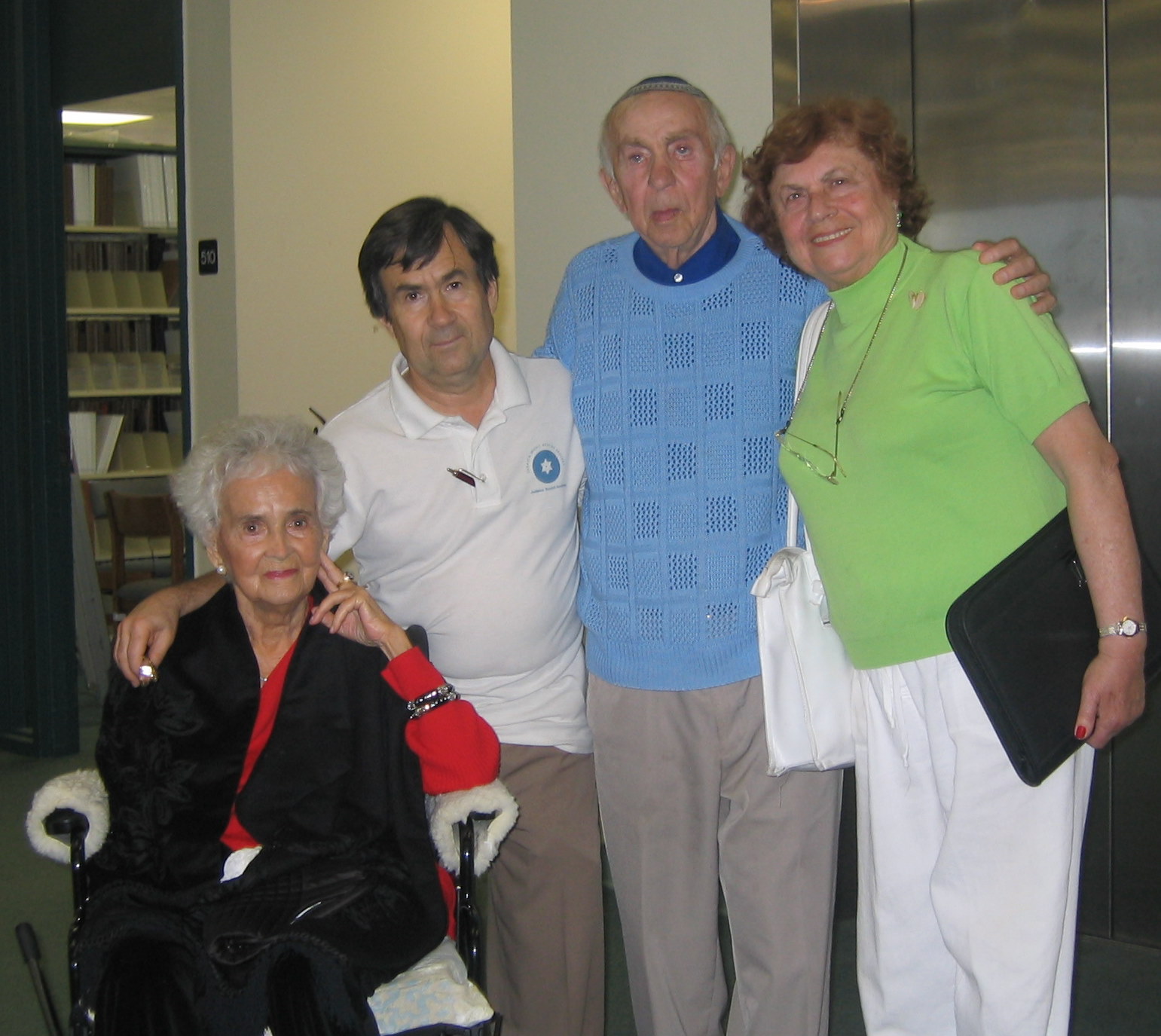
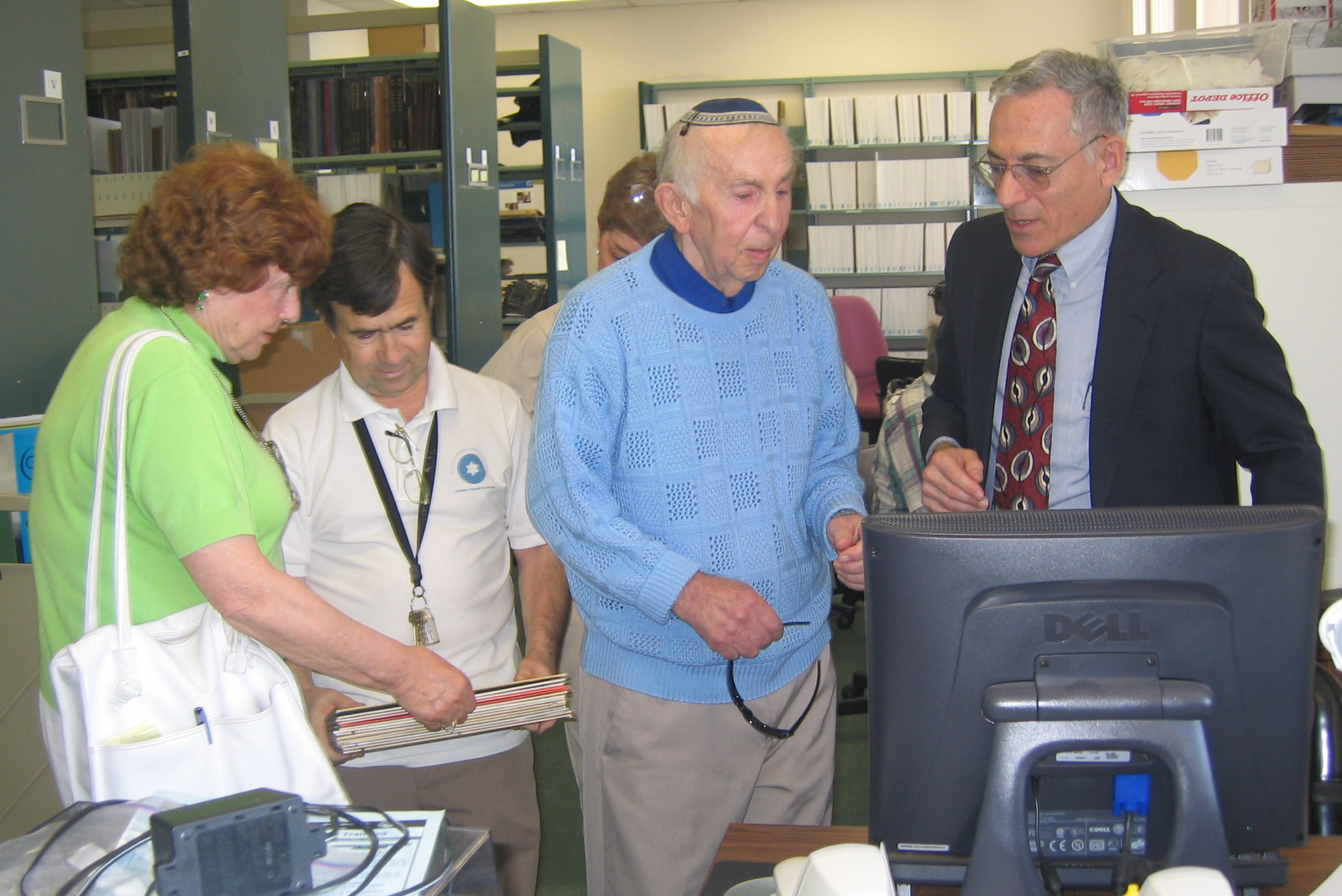
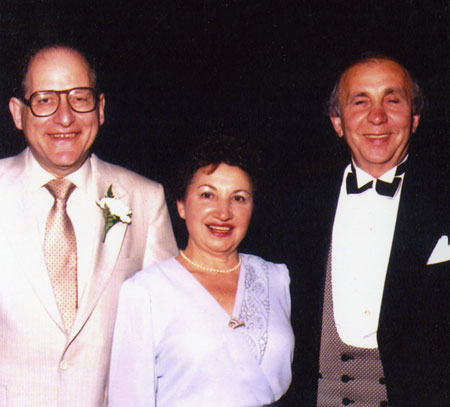
 The incredible lyrical tenor voice of
The incredible lyrical tenor voice of 